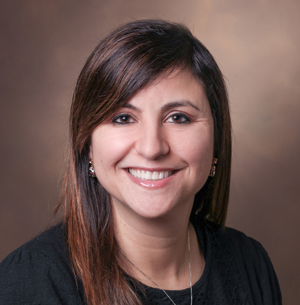Most infants admitted to the intensive care or high acuity unit for respiratory syncytial virus (RSV) infections during fall 2022 were previously healthy and born at term, according to a new study reported in JAMA Network Open.
The findings from this study support the use of preventative interventions in all infants to protect them from RSV, the leading cause of lower respiratory tract infections (LRTI) and hospitalizations worldwide.
RSV accounts for about 57,000-80,000 hospitalizations in children younger than 5 years with 1 in 5 RSV-positive hospitalized children being admitted to intensive care units, according to the Centers for Disease Control and Prevention (CDC).
Researchers across the United States evaluated the characteristics and outcomes of RSV-related critical illness in 600 infants from 39 hospitals across 27 states as part of the RSV Pediatric Intensive Care registry.
The registry conducted prospective surveillance during the RSV seasonal peak in 2022. During the two-month period, the investigators found:
- The median age for infants requiring intensive care was 2.6 months.
- 169 (28%) were premature.
- 487 (81%) had no underlying medical conditions.
- 143 (24%) received invasive mechanical ventilation.

Natasha Halasa, MD, MPH
“Most of the infants in our study receiving ICU-level care were young, healthy and born at term,” said lead investigator Natasha Halasa, MD, MPH, Craig Weaver Professor of Pediatrics in the Division of Pediatric Infectious Diseases at Monroe Carell Jr. Children’s Hospital at Vanderbilt. “Although mortality was rare, our findings emphasize the significant illness caused by RSV in young infants.”
Children with a history of prematurity or certain underlying medical conditions such as congenital heart disease, neurologic or neurodevelopmental/neuromuscular disorders, chronic lung disease and immunocompromising conditions are at higher risk for life-threatening RSV disease, according to Halasa and co-corresponding author Angela Campbell, MD, MPH, from the CDC.
High-risk infants are the only eligible population approved to receive a monoclonal antibody to prevent RSV-associated LRTI called palivizumab.
“However, most infants in our study admitted to the ICU with severe RSV did not have an underlying medical condition. Therefore, our data support the need for RSV preventative interventions targeting all infants to reduce the burden of severe RSV illness, including nirsevimab, the long-acting RSV-neutralizing monoclonal antibody. The drug was recently approved by the Food and Drug Administration, and a maternal vaccine for RSV prevention is under consideration,” Halasa said.
“These products may protect both high-risk and healthy infants from medically attended RSV-associated LRTI.”
On Aug. 3, the Advisory Committee on Immunization Practices (ACIP) unanimously recommended nirsevimab for all infants younger than 8 months, born during or entering their first RSV season and for children ages 8-19 months who are at increased risk of severe RSV disease and entering their second RSV season. Additionally, ACIP unanimously recommended inclusion of nirsevimab in the Vaccines for Children program.
The current study found that only 2 of 17 infants eligible for palivizumab received the treatment, which highlights administration barriers and emphasizes the need to ensure that all eligible patients receive therapeutic interventions in a timely manner. Since nirsevimab requires only one shot versus monthly shots, it is believed that uptake and compliance will be improved.
“We hope that our study findings will aid in the design of future RSV prophylactic and maternal RSV vaccine effectiveness and usage studies and recommendations,” Halasa said.
The study was supported by the CDC.












